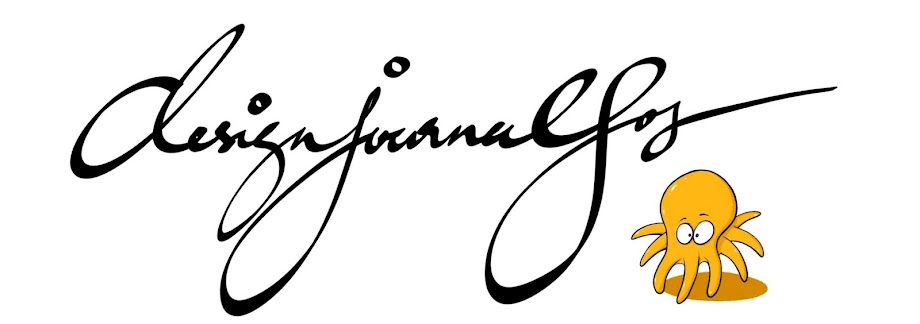Welcome to this guide on how to study and understand a product's design and functionality using sketches and annotations.
It's essential to have a good understanding of how products work and the benefits they offer.
This guide is designed to help you develop your skills in product research and analysis, using simple and effective techniques.
Whether you are a student looking to improve your research skills or a teacher hoping to inspire your students, this guide will provide you with practical tools and strategies to enhance your understanding of product design and functionality. So, let's dive in!
- Start by identifying the product you want to study and make sure you have access to it.
- Observe the product carefully and try to understand its overall design and purpose.
- Break down the product into its individual parts and identify how they work together to make the product function.
- Create a sketch or diagram of the product and label each part with its name and function.
- Use arrows or lines to show how each part connects or interacts with other parts of the product.
- Take notes on any unique or interesting features of the product and how they contribute to its overall performance.
- Try to use the product yourself, if possible, to gain a better understanding of how it works in real-world situations.
- Make any necessary updates to your sketch or annotations based on your hands-on experience.
- Review your notes and sketches to ensure you have a comprehensive understanding of the product's design and functionality
- Use your sketches and annotations to create a summary or report of your findings to communicate your understanding of the product to others.
By following these steps, you can gain a deeper understanding of how a product works and use sketches and annotations to effectively communicate that understanding to others.
2. How to use P.M.I. technique for Product Research:
- Start by researching a product you're interested in studying.
- Look for the Plus point or the good aspects of the product. These can be advantages or benefits that make it stand out from its competitors.
- Note down these Plus points and make sure to understand how they contribute to the overall success of the product.
- Next, identify any Interesting features of the product. These are the unique or unexpected aspects of the product that might surprise you or make it stand out even more.
- Avoid focusing on the Minus part or the negative aspects of the product. This is not the objective of the research and can lead to unnecessary criticism or fault-finding.
- Remember that all products are designed and manufactured for specific purposes and functionalities. Avoid assuming that a product should perform a certain function that it's not designed for.
That's why we've put together another guide to help you be more specific when concluding from your product research. By following the practical tips and strategies, you'll gain the skills you need to draw accurate and meaningful conclusions that can inform future research and development in your coursework.
In this guide you will find the following 5 simple steps with examples:
- Start with a clear research question
- Identify key features and functions
- Provide specific examples
- Avoid vague language
- Consider alternative conclusions
Drawing specific conclusions is a crucial aspect of product research that should not be overlooked. By following the 5 simple steps and examples provided in this guide, you can improve your ability to draw accurate and meaningful conclusions from your product research.
These skills can help you make more informed
decisions, drive innovation in your coursework, and ultimately contribute to the
advancement of knowledge and understanding.
……………………………………………………..
FOLLOW and LIKE on Facebook to get updates as soon as a new post is up: https://www.facebook.com/designjournalsos
Support me, support my work? Buy me a Coffee? https://www.buymeacoffee.com/mrdanielsos








